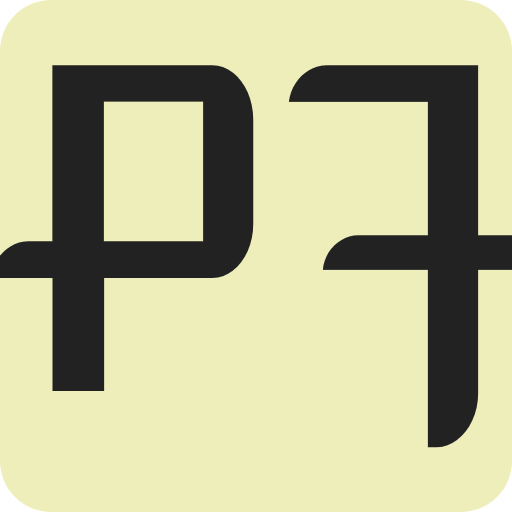What exactly is programming?
Understanding programming
Since the time computers invented, they are developing insanely. There is a huge difference between the computers that we use today and computers before 50 years. But how do computers actually work? What is there that makes them work the way we want? Well, a computer is a combination of hardware and software. And software plays a very major role in the functioning of the computer. Here arises the main question. What makes a software run and how software is made? The fundamental of every software development is programming.
Programming is the way how we communicate with computers. A program is a set of instructions that are written for some specific task only and well understood by the computer. From adding up 2 numbers to developing an operating system, programming involves everywhere. As it is mentioned above programming is the way we communicate with computers, but how do we communicate with computers? Well, they don't understand our language. To communicate with them we have to write a program in specifically designed languages that computers can understand, they are known as programming languages.
Programming languages
A programming language is a specifically designed language that contains a set of instructions for the computer. Computers don't understand human language to write programs in them the program needs to be written in some computer understood language. They are used to implement an algorithm in a computer system to do a specific task. After writing programs in the programming language, they are further executed and they go through a set of steps or processes after which they can be properly understood by a computer. A programming language mainly consists of two elements they are:
- Syntax
- Semantic
Semantic refers to the meaningfulness of the language. To make a program run properly it must be written in a meaningful way.
Later programming languages are divided into two categories they are:
- Compiled
- Interpreted
Those languages which are executed by the compiler are known as compiled language.
Compiled languages are directly converted into machine code which is executed by the system. They are fast and gives the programmer more control over hardware aspects. Some examples of compiled languages are C, C+ +, visual basic
Those languages which are executed by the interpreter are known as an interpreted language. Interpreted languages execute the code line by line and run each command. They are a bit slower than the compiled one but with the development of technology they are getting faster. Some examples of interpreted language are python, Perl, Rubi, PHP.
* Java is a language that is both compiled as well as interpreted.
Some more type of programming languages are:
- Low-level languages
- High-level languages
High-level languages are the languages that are mostly in human-readable form and easy to understand syntaxes. They are used in software development and web development programs. Some examples of high-level languages are python, java, Perl etc.
Object-oriented programming
A high-level language that uses objects and their uses procedures within the programming for better understanding is called an object-oriented programming language. To reduce programming complexity and better understanding the algorithms many programming languages are now object-oriented.




























Awesome
ReplyDeleteFabulous
ReplyDelete